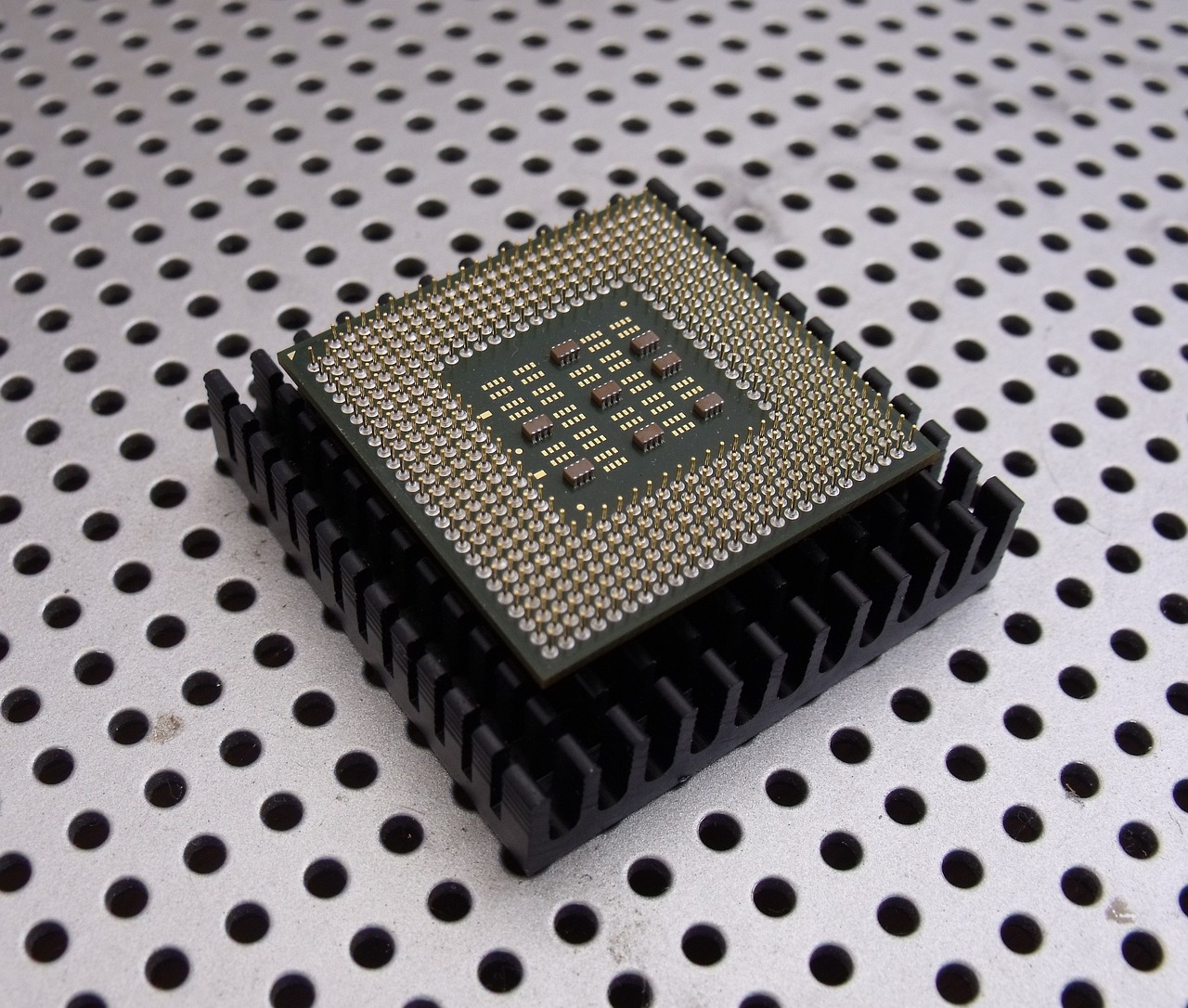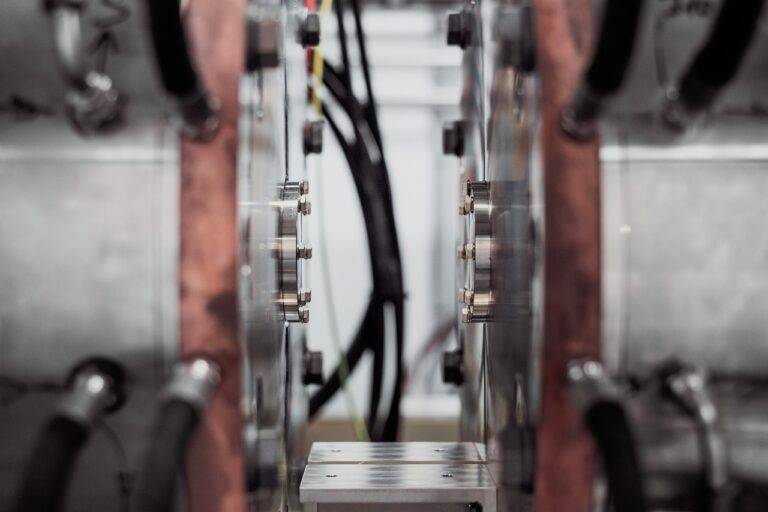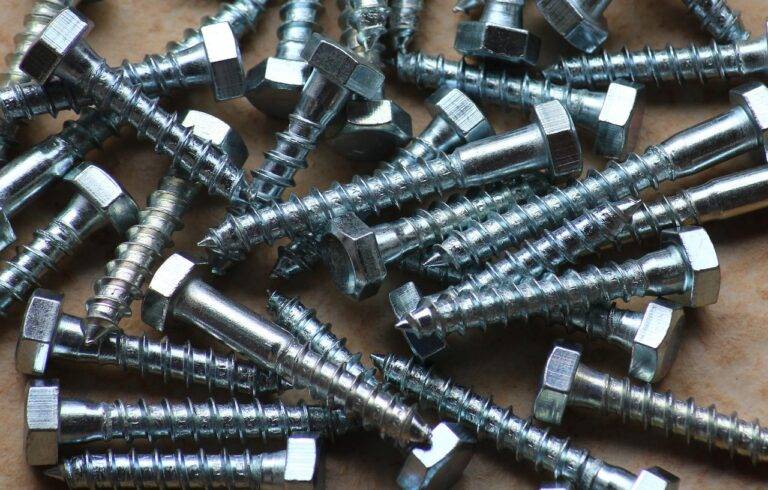The Promise of Fusion Energy: Advancements and Challenges
Fusion research has seen significant breakthroughs over the years. One major milestone was the achievement of sustained nuclear fusion reactions, such as the first controlled fusion reaction at the Joint European Torus (JET) in 1991. This milestone demonstrated the feasibility of harnessing fusion as a potential clean and abundant energy source.
Another milestone in fusion research was the construction of ITER, the world’s largest experimental tokamak reactor. This international collaboration aims to demonstrate the technological and scientific feasibility of fusion power. Scheduled to become operational in the coming years, ITER represents a crucial step forward in the quest for sustainable and commercially viable fusion energy.
Current Challenges Facing Fusion Energy
One of the primary hurdles hindering the widespread adoption of fusion energy is the formidable task of sustaining a stable plasma state within a reactor. Achieving and maintaining the required conditions for nuclear fusion to occur is complex and demands precise control over extremely high temperatures and pressures. Without the ability to effectively confine and control the plasma, sustaining a fusion reaction becomes an insurmountable challenge for researchers and engineers.
Another pressing issue facing fusion energy is the development of materials that can withstand the harsh conditions inside a fusion reactor. The extreme heat and energetic particles generated during the fusion process pose a significant threat to the integrity of reactor components, necessitating the use of advanced materials capable of enduring such hostile environments. Finding materials that can withstand the intense radiation and heat flux while maintaining structural stability over extended periods remains a critical obstacle in the path towards achieving practical fusion energy solutions.
Advancements in Fusion Reactor Design
Within the realm of fusion energy, advancements in reactor design have been pivotal in moving the field forward. Researchers are continuously exploring innovative approaches to enhance the efficiency and sustainability of fusion reactors. One notable development is the focus on novel magnet configurations that aim to improve plasma confinement and stability within the reactor.
Moreover, the integration of advanced materials has been a key aspect of recent reactor design advancements. Scientists are investigating high-performance structural materials that can withstand the extreme conditions present in fusion reactors while maintaining operational integrity. By incorporating cutting-edge materials science into the design process, engineers are working towards realizing more durable and long-lasting fusion reactor systems.





